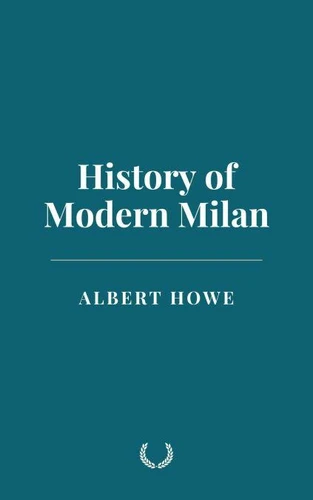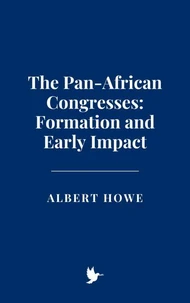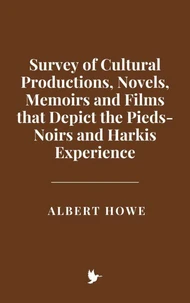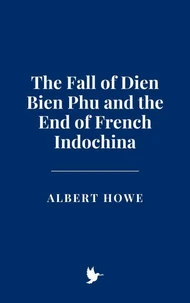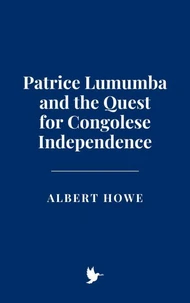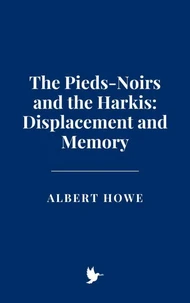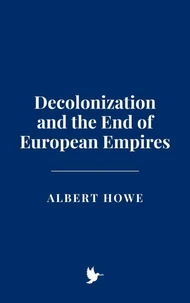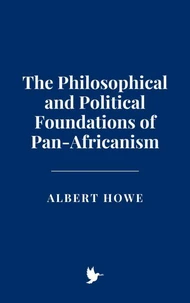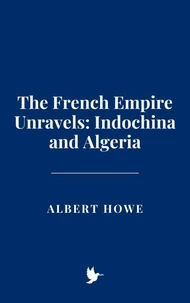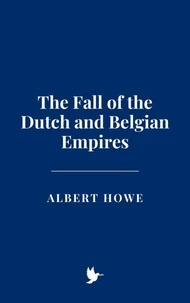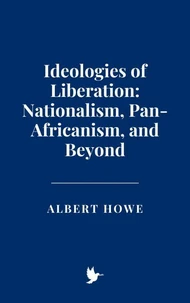History of Modern Milan
Par :Formats :
Disponible dans votre compte client Decitre ou Furet du Nord dès validation de votre commande. Le format ePub est :
- Compatible avec une lecture sur My Vivlio (smartphone, tablette, ordinateur)
- Compatible avec une lecture sur liseuses Vivlio
- Pour les liseuses autres que Vivlio, vous devez utiliser le logiciel Adobe Digital Edition. Non compatible avec la lecture sur les liseuses Kindle, Remarkable et Sony
 , qui est-ce ?
, qui est-ce ?Notre partenaire de plateforme de lecture numérique où vous retrouverez l'ensemble de vos ebooks gratuitement
Pour en savoir plus sur nos ebooks, consultez notre aide en ligne ici
- FormatePub
- ISBN8230176633
- EAN9798230176633
- Date de parution11/02/2025
- Protection num.pas de protection
- Infos supplémentairesepub
- ÉditeurIndependently Published
Résumé
This book provides a comprehensive exploration of Milan, Italy, from its ancient origins through to the present day, highlighting its transformation from a Roman settlement to a thriving global metropolis. It delves into the city's economic, political, social, and cultural evolution, examining how Milan has continuously reinvented itself in response to external and internal forces. Each chapter offers in-depth analysis of key moments in Milan's history, from the medieval period to the Industrial Revolution, the rise of fascism, the economic boom, and the city's role in the global fashion and design industries.
The narrative also examines the challenges Milan faces in the modern era, including climate change, urban development, inequality, and the ongoing digital transformation. Through a careful balance of historical analysis, primary sources, and the examination of key figures, movements, and events, the book offers a multifaceted view of Milan as both a city of tradition and innovation. Milan's cultural renaissance in the 21st century is explored, including its strides in sustainable urban development, the integration of green spaces, and its positioning as a leader in technology, design, and global finance.
The book also emphasizes Milan's capacity for adaptation, addressing both the opportunities and challenges posed by globalization and its increasing role as a global economic and cultural hub. Milan emerges not only as a city that has preserved its historical significance but also as one that continues to shape the future of urban development, sustainability, and cultural leadership.
The narrative also examines the challenges Milan faces in the modern era, including climate change, urban development, inequality, and the ongoing digital transformation. Through a careful balance of historical analysis, primary sources, and the examination of key figures, movements, and events, the book offers a multifaceted view of Milan as both a city of tradition and innovation. Milan's cultural renaissance in the 21st century is explored, including its strides in sustainable urban development, the integration of green spaces, and its positioning as a leader in technology, design, and global finance.
The book also emphasizes Milan's capacity for adaptation, addressing both the opportunities and challenges posed by globalization and its increasing role as a global economic and cultural hub. Milan emerges not only as a city that has preserved its historical significance but also as one that continues to shape the future of urban development, sustainability, and cultural leadership.
This book provides a comprehensive exploration of Milan, Italy, from its ancient origins through to the present day, highlighting its transformation from a Roman settlement to a thriving global metropolis. It delves into the city's economic, political, social, and cultural evolution, examining how Milan has continuously reinvented itself in response to external and internal forces. Each chapter offers in-depth analysis of key moments in Milan's history, from the medieval period to the Industrial Revolution, the rise of fascism, the economic boom, and the city's role in the global fashion and design industries.
The narrative also examines the challenges Milan faces in the modern era, including climate change, urban development, inequality, and the ongoing digital transformation. Through a careful balance of historical analysis, primary sources, and the examination of key figures, movements, and events, the book offers a multifaceted view of Milan as both a city of tradition and innovation. Milan's cultural renaissance in the 21st century is explored, including its strides in sustainable urban development, the integration of green spaces, and its positioning as a leader in technology, design, and global finance.
The book also emphasizes Milan's capacity for adaptation, addressing both the opportunities and challenges posed by globalization and its increasing role as a global economic and cultural hub. Milan emerges not only as a city that has preserved its historical significance but also as one that continues to shape the future of urban development, sustainability, and cultural leadership.
The narrative also examines the challenges Milan faces in the modern era, including climate change, urban development, inequality, and the ongoing digital transformation. Through a careful balance of historical analysis, primary sources, and the examination of key figures, movements, and events, the book offers a multifaceted view of Milan as both a city of tradition and innovation. Milan's cultural renaissance in the 21st century is explored, including its strides in sustainable urban development, the integration of green spaces, and its positioning as a leader in technology, design, and global finance.
The book also emphasizes Milan's capacity for adaptation, addressing both the opportunities and challenges posed by globalization and its increasing role as a global economic and cultural hub. Milan emerges not only as a city that has preserved its historical significance but also as one that continues to shape the future of urban development, sustainability, and cultural leadership.

